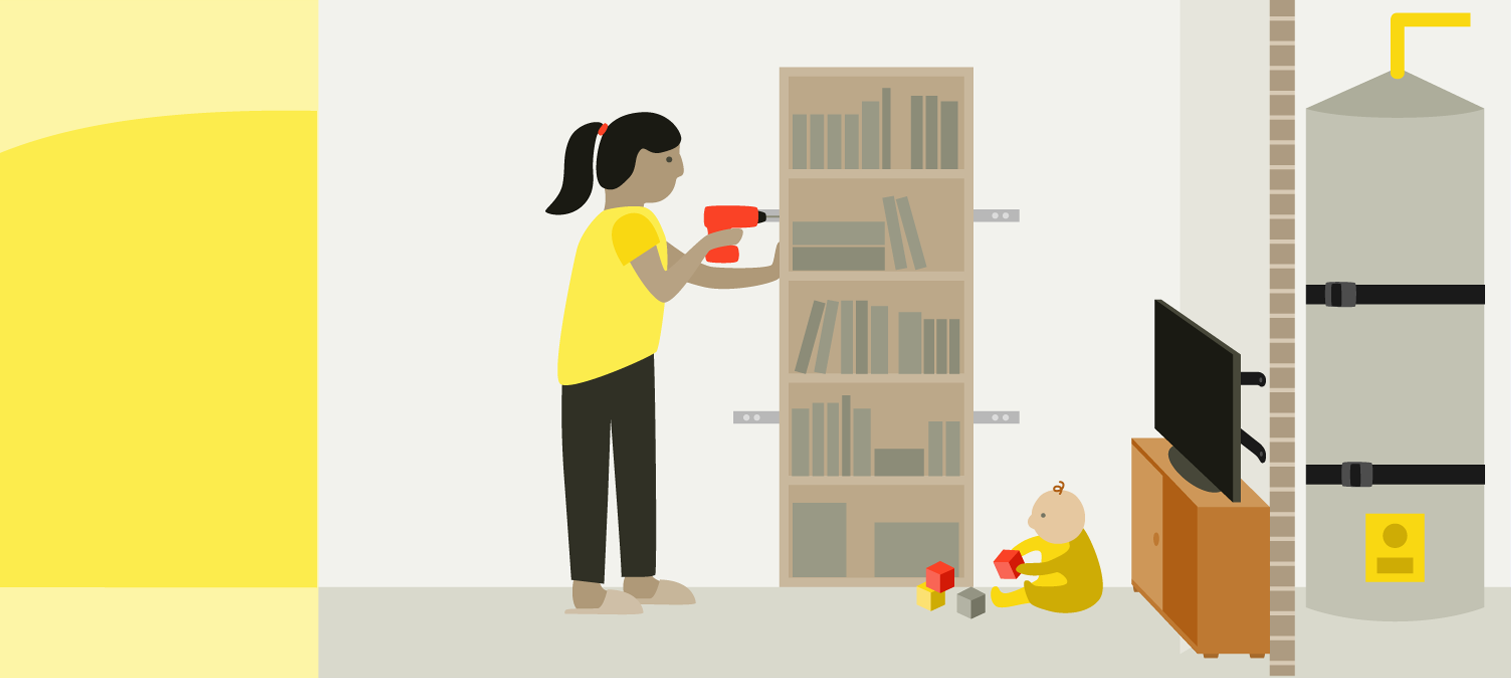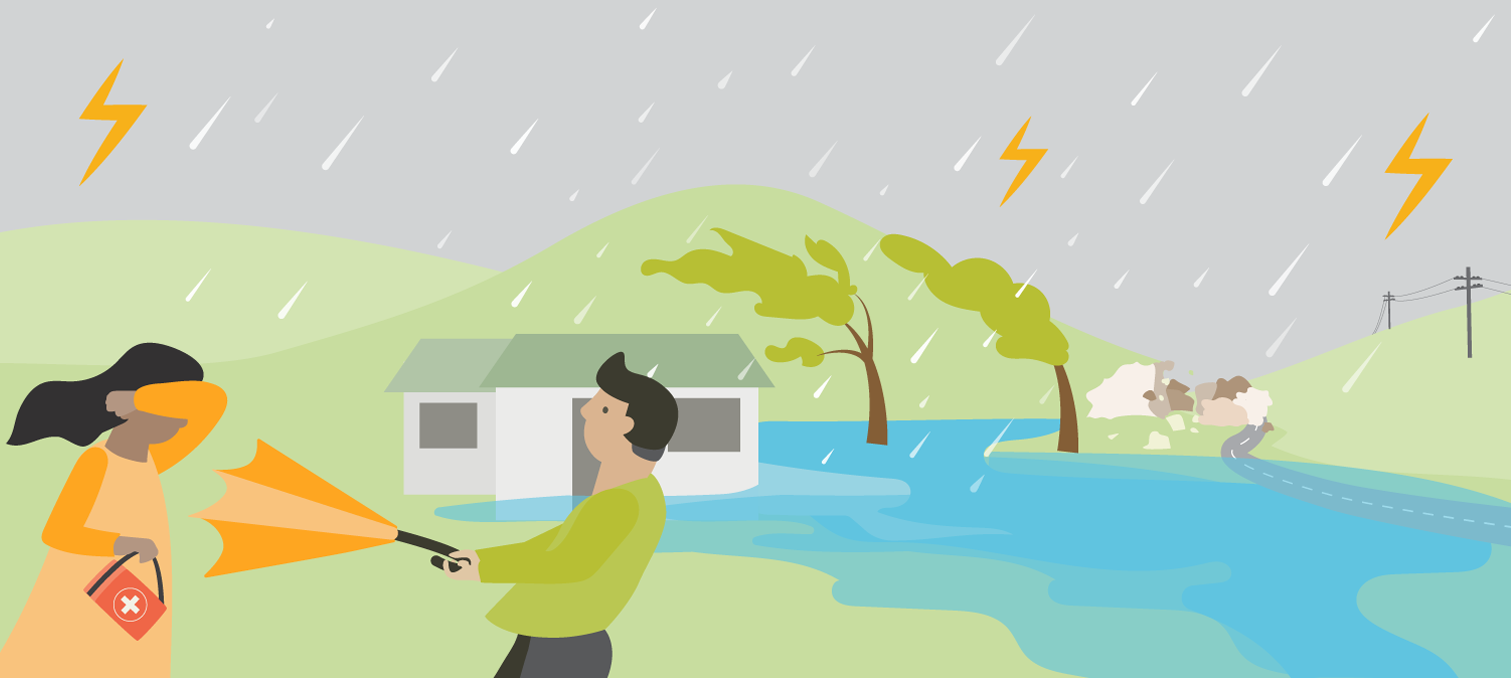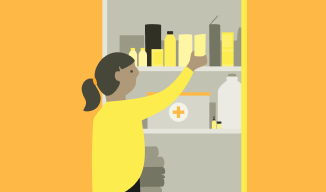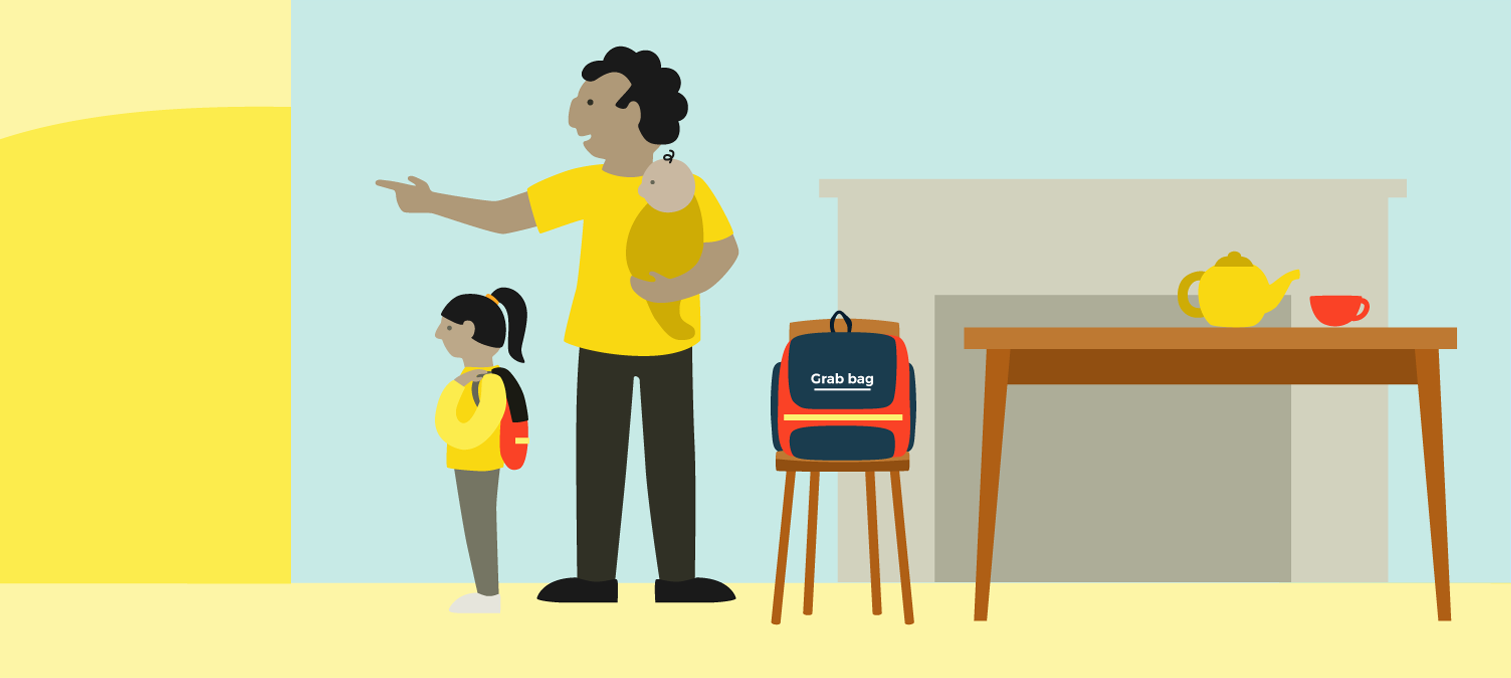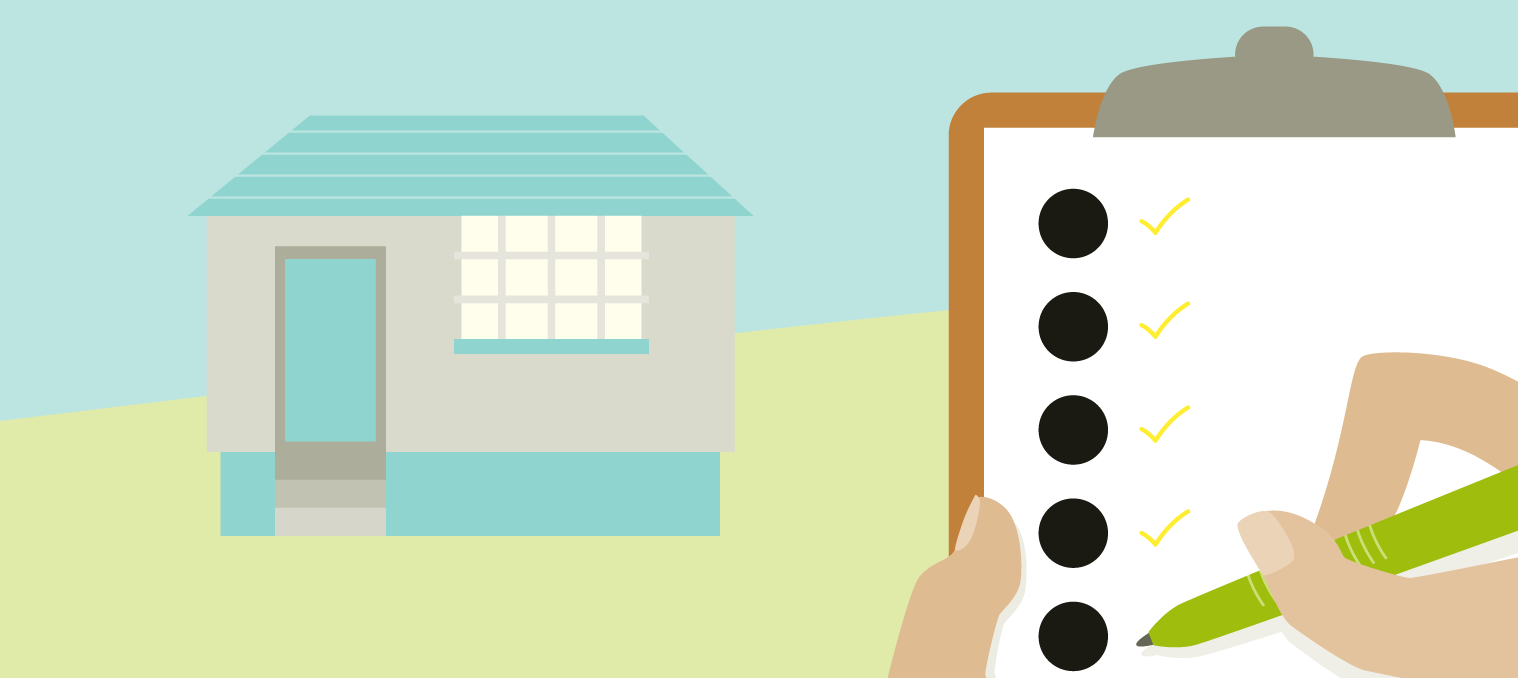
Our Top 'Budget-Friendly' Preparedness Tips
1. Know your zone
Knowing your hazard risks is the first step to being better prepared!
1. Find out if you live, work or play in a tsunami zone
All of the Wellington region's coastline is at risk of tsunami.
You can find out if you live, work or play in a tsunami zone here
Knowing the natural warning signs of a tsunami is another important step in being better prepared: If you are in a tsunami zone and feel an earthquake that is Long OR Strong, Get Gone! Evacuate to higher ground or as far inland as possible once the shaking stops.
2. Find out if you live in a flood zone
The Wellington region is also home to Aotearoa's most densely populated flood plain - the Hutt Valley. However, there are many parts of our region that are at risk of flooding.
You can find out if you live in a flood zone by looking at the Greater Wellington Flood Maps.
2. Have a plan with your friends, whānau or flatmates
Having a plan and practising it is the second step to getting better prepared.
In an emergency, such as an earthquake, communication outages and road damage can prevent us from connecting with our flatmates, friends and whānau.
You can make a household plan by:
1. Deciding on a safe meeting place for your household if you are at work or school when a disaster happens.
2. Having an out of region contact. If communication channels are overloaded in the region, having someone outside the region you can contact is helpful. They can then let others where you are and that you are okay.
3. Organising a backup staycation with friends, whānau or colleagues near work/school in case you can’t get home.
Find out more about creating your own household plan here.
3. Store emergency water
Storing emergency water is one of the best things you can do to be more prepared. And it doesn't have to be costly to do so.
1. You can clean and re-use bottles and plastic ice-cream containers that you already have to store emergency water.
2. If you are low on space, you can store water in clean, plastic ice-cream containers and put them in your freezer or you can put some bottles behind your couch or under you bed.
At the end of the day, any amount of water you can store makes you more prepared for an emergency!
Find out more about storing emergency water here.
4. Connect with your neighbours
Connecting with your neighbours is another part of our preparedness kete. It is those around us who will be our first and best source of support.
Research shows communities that recover best from disasters are those that have good social networks.
Here are some things you can do to connect with your neighbours and support each other in a disaster.
- Say hello and introduce yourself - the first step is always the hardest!
- Suggest swapping contact details for emergencies (it's a good conversation starter).
- Talk about how you could share emergency resources like BBQs and water tanks.
- Share resources and skills in an emergency – for example three households cooking on one BBQ uses a lot less gas than three households cooking by themselves.
- During a disaster where power may be out, have a street feast by pooling everyones perishable items first so they don't go off.
- Join your local Neighbourhood Support group. If you don't already have one, start one up! See the Neighbourhood Support website for more information.
It is a good idea to connect with your neighbours before a disaster so you know who to check in on or who might need a little extra manaakitanga after a disaster.
Find out why your neighbours are so important in an emergency here.
5. Know where your Community Emergency Hub is
Knowing where your local Community Emergency Hub is and how your community can help one another is another way to be prepared.
In a disaster such as a big earthquake, there is likely to be widespread damage to power lines, water pipes, buildings, roads, and phone networks.
Neighbours and communities will need to support each other as emergency services will be dealing with the most urgent matters.
There are 127 Community Emergency Hubs across the Wellington Region.
A Community Emergency Hub is a place where you and your neighbours can go to help each other in a major emergency, without official support.
They are located at community facilities and some schools and can be opened by keyholders living in the local area.
Click here to find our where your nearest Community Emergency Hub is.
Make your home quake safe
- Make heavy and fragile items safer by moving them lower down.
- Learn how to turn off your electricity and gas.
- Stick Blu Tack to the base of fragile ornaments or precious objects to help keep them in place.
- Save plastic, bubble wrap and cardboard from packaging for quick repairs after a storm or earthquake.
- Find more tips on the EQC website
Severe Weather Preparedness
- Keep up to date with the latest weather forecasts and warnings through MetService.
- Regularly inspect and trim trees and shrubbery.
- When severe weather is forecast, remove leaves and debris from gutters and drains to help prevent surface flooding.
- When severe weather is forecast you should tie down, or bring inside, anything that strong winds could pick up or break.
Emergency Supplies
- To help spread the cost of emergency food supplies, try adding one extra item to your regular shop to build your emergency supplies.
- Buy food items that have a long shelf life.
- Rotate your items, using and replacing them regularly so that they don’t expire.
- Pool your kai together with your neighbours in an emergency and have a street BBQ.
- Consider purchasing useful items for your kit a little at a time, and look for sales or used items.
Grab Bags
You don't need a store bought Grab Bag to get prepared. You can make your own with a backpack or bag you already have and items you already have around home.
- Keep old sneakers, they can go in your Grab Bag at work.
- If you get a new glasses prescription, pop the old pair in your Grab Bag.
- Any old clothing or underwear you no longer wear is perfect as a change of clothes in your Grab Bag.
